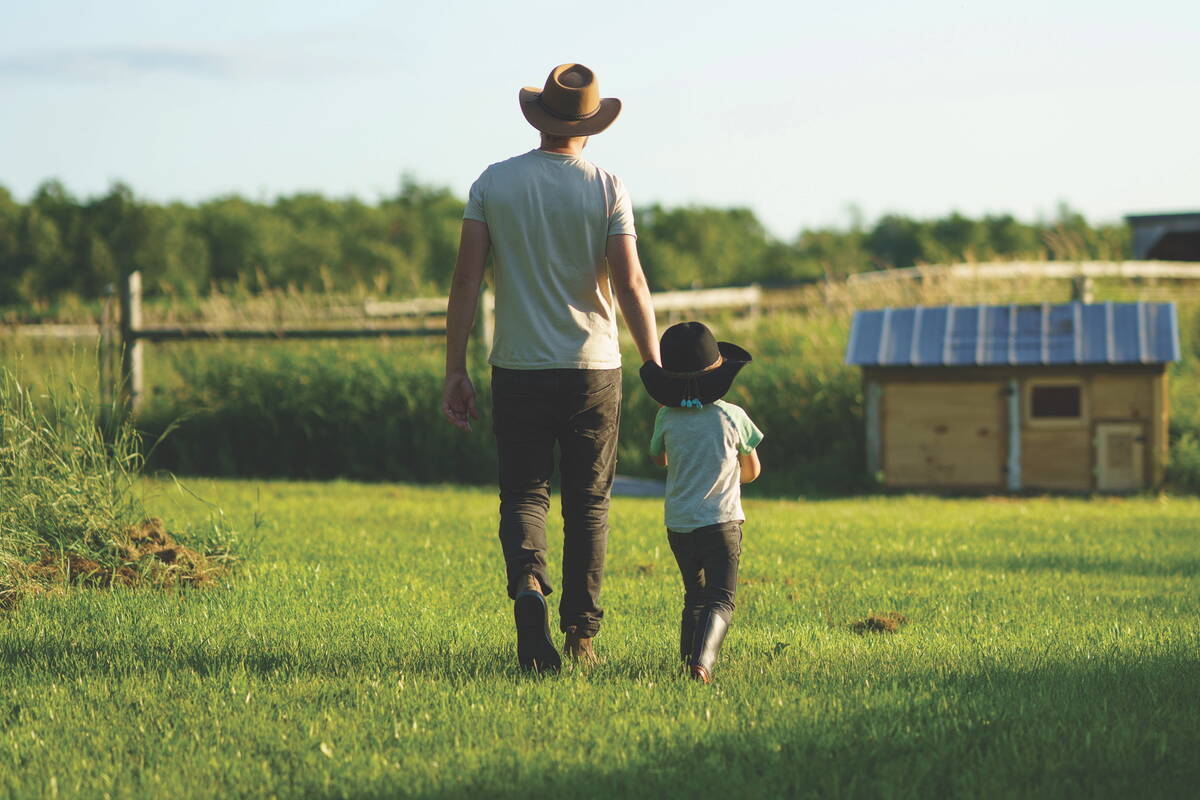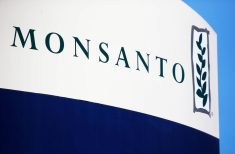Earlier this summer, serious funds to help farmers lower fertilizer emission levels landed in Manitoba.
The Prairie Watersheds Climate Program, administered by the Manitoba Association of Watersheds, is part of the federal government’s On-Farm Climate Action Fund, which promises to spend $200 million over three years.
The program will fund a dozen programs aimed at helping farmers adopt management practices that store carbon, reduce greenhouse gas emissions and improve biodiversity and soil health.
Read Also

The new spin on farm legacy
Farmers are starting to think differently about the future of their farms in Western Canada. What does this mean for the next generation and farm succession planing?
So far, the concept of making these changes has been controversial in farm country. Many have pointed to the federal government’s goal to reduce fertilizer emissions by 30 per cent — which is misinterpreted by many to mean a 30 per cent reduction in fertilizer use — as a recipe for economic and productivity disaster.
But that argument has always struck me as a bit thin and disingenuous because of the baseline assumption many are making. The narrative is that fertilizer use would be cut in a vacuum, with no other management changes made.
To suggest that there’s no room to improve how fertilizer is used is a fallacy. The open question is whether there’s an economic case for it, and here is where government funding comes in.
In a lot of ways, it delivers on a call many farmers have been making for years — that they should be paid for making changes that the rest of society wants them to make and for the environmental goods and services those changes deliver.
The incentives appear to add up to real dollars. For example, there’s money for 85 per cent of the increased cost of slow-release fertilizer, up to a maximum of $75,000, and the same level of funding in the same proportion for the use of nitrification and urease inhibitors.
The program will also help underwrite foundational work to put a farm on a better environmental footing. For example, they’ll underwrite half the cost, up to $10,000, for agronomic support for a nitrogen management plan, or the same amount for soil mapping.
There are funds for adding legumes to a crop rotation, to the tune of $35 an acre, or as much as $30,000 to upgrade seeding equipment.
Heck, the program even puts up as much as $2,500 to help you pay for soil testing.
This quickly adds up to significant dollars for farmers in the province. It’s a program they should consider using, for a number of reasons.
Perhaps the most important is that it’s the right thing to do. There are nearly eight billion of us now on this ball of water and dirt hurtling around the sun, protected only by a thin layer of gases we call the atmosphere. We owe it to each other not to foul our only home.
But from a less altruistic viewpoint, it’s also the right practical decision for the agriculture community to make. Over the past decade or so, the sector has made much of the concept of “social licence” which, simply put, boils down to whether others accept the way the sector does business.
You might think that whether people accept what you do on your farm should be immaterial, but that’s not how societies work and pretending it is won’t get you very far.
We change our collective minds about what’s allowed all the time.
There are the ones that are painfully obvious in the rear-view mirror — abolishing slavery, for example, or giving women the vote.
There are the less obvious ones, like telling everyone to wear a seatbelt or a crash helmet on a motorcycle.
And there are the invisible ones – such as greenhouse gases — where it’s really easy to convince yourself that, since you can’t see the problem, there must not be a problem.
But if the agriculture sector doesn’t accept, and act, like it’s part of the solution to this problem, there’s a real risk it will come to be seen as the problem personified.
And that’s when governments will put away the carrot and pull out the stick.
Rather than dragging its feet, the agriculture sector should look at other parts of the economy, and other players, see what they’re doing and consider why.
There are some pretty big, well-run and smart outfits climbing aboard this train. They’ve correctly recognized this is their best strategy, and they’re making their business decisions based on it.
Farmers shouldn’t let this opportunity pass by. Loblaws certainly didn’t, when they got a $12-million grant to install new energy-efficient refrigerators in its stores a few years back.
Even if you disagree with the necessity for reducing emissions, you’re also simultaneously reducing your reliance on inputs and building a more efficient farm.
And in the times we’re seeing now, with high input costs, that lasting greater efficiency could be your biggest win.















